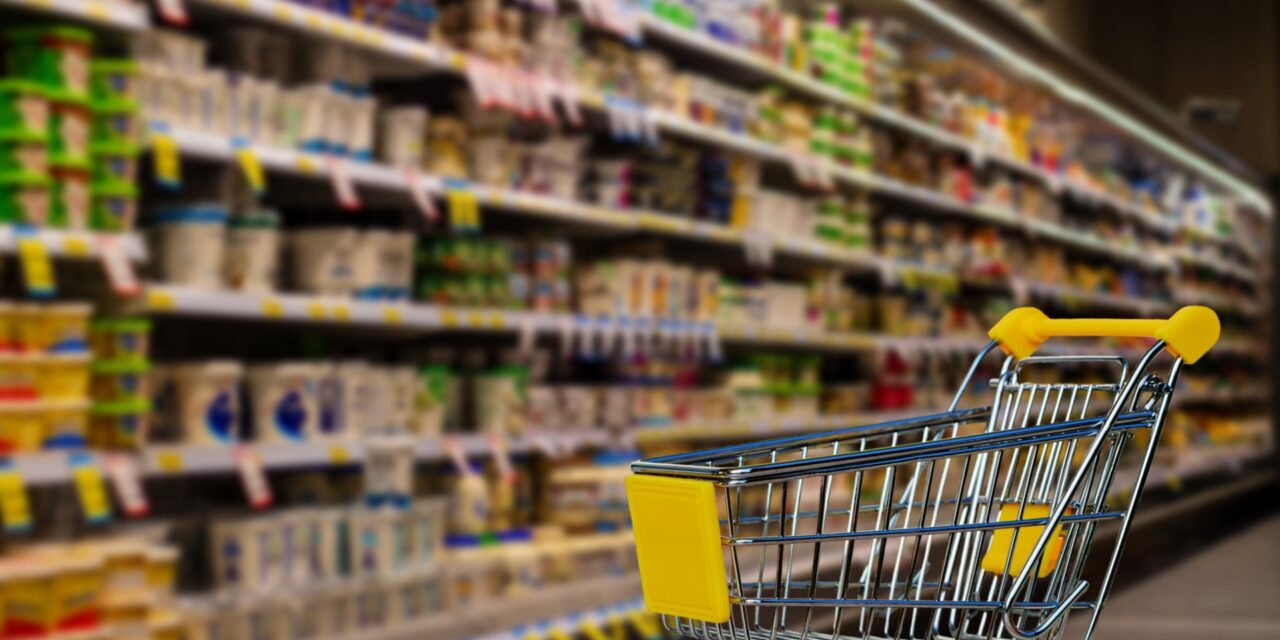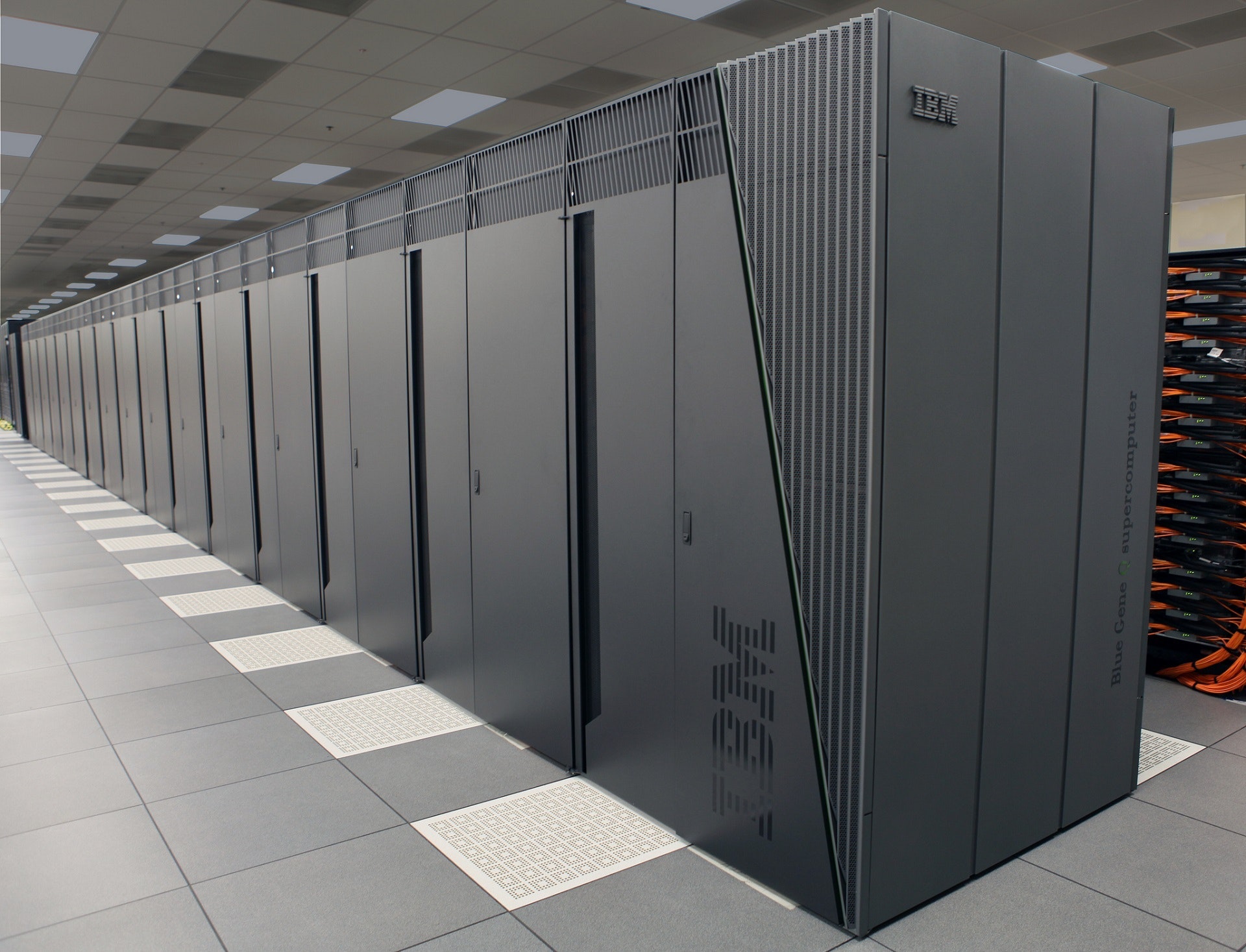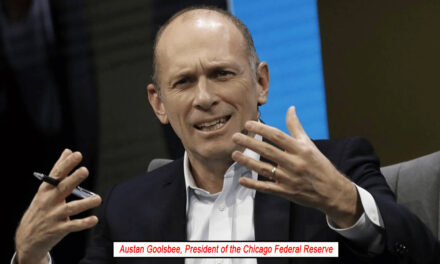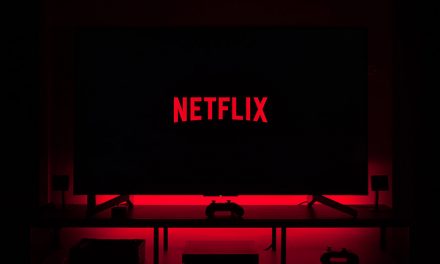The United States’ latest gross domestic product (GDP) report brought some good news for a change. The country’s third-quarter economic report showed that the economy grew faster than expected, and the GDP is up by an annualized rate of around 2.9%.
This shows marked improvement from a report issued in October which showed just 2.6% growth in economic activity. However, it was still better than the 2.7% forecast by the think tank Refinitiv. It also shows that the country is now steadily recovering from the 1.6% and 0.6% contractions it experienced in the first and second quarters of the year.
The improved performance results from increased consumer spending, which surpassed previous government reports. Likewise, the value of imports, normally subtracted from the GDP, has also significantly decreased.
Consumer spending, in particular, was a cause for concern for many economists in light of soaring prices. However, higher product costs have done little to stem the tide of spending, especially now that the Holidays are drawing nearer.
The US labor market has also remained strong: companies open new hiring opportunities. Unemployment in the country has nearly dropped to its lowest in half a century.
According to several economic analysts, the Q3 report reflects the US economy’s resilience in the face of the Federal Reserve’s aggressive stance of curbing soaring inflation by hiking inflation rates.
Christopher Rupkey, chief economist for the market research firm Fwdbonds, remarked that consumer spending looks better than expected, and companies are investing in equipment again. These are despite how the Fed has been raising interest rates over 3.75 percentage points this year.
Nevertheless, A Recession is Still Possible
Despite the economy’s improved performance, however, experts still believe that the US still needs to brace itself against the possibility of an economic recession.
Rupkey pointed out that the Fed’s aggressive interest rate hikes have already driven the US housing sector into a recession even now that the rest of the economy seems to be bouncing back.
Indeed, the pullback in home-buying and construction spending has been seen as a major issue hampering the country’s economic growth. The decrease in investments in housing and construction decreased economic growth by around 1.4 percentage points. If spending on home construction had not been hampered by higher interest rates, then the economy could have grown at a stronger annualized pace of around 4.3%















